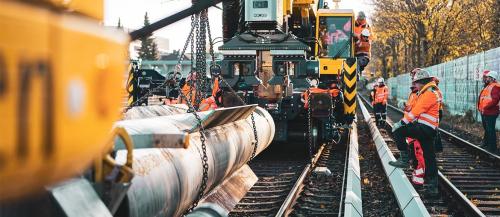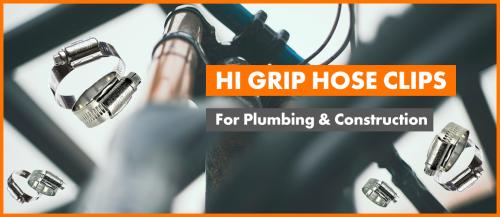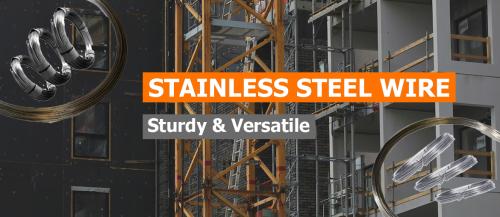There are different grades that can be assigned to stainless steel, depending on its properties. Magnetism is a common attribute found in certain grades. Here we will cover which grades are magnetic and how magnetism affects the steel.
If an alloy is arranged in a martensitic or ferritic structure and contains iron, the steel is magnetic. An austenitic structure causes steel to be non-magnetic.
To understand magnetism in steel, it helps to understand the different alloy structures and what grades they are:
Ferritic (409, 430, 439) steel is composed of a crystal structure comprised of a body-centred cubic (BCC) grain structure, they contain large quantities of ferrite, a compound containing iron. The structure enables a weak magnetic pull and allows them to be endurable to heat and corrosion.
Martensitic (410, 420, and 440) can be formed after austenite is broken down. Most are magnetic but it depends on whether iron is present in their crystal structure. Their structure has a high amount of carbon which enables a strong molecular structure. Due to the structure, martensitic steel is hard which makes it ferromagnetic and allows it to be magnetised in an electric field.
Austenitic (304 and 316) are non-magnetic due to the inclusion of a high percentage of nickel and chromium within the crystal structure. By thermal treatment, they can be given partial magnetism. If work-hardened ferrite may form on some parts, hence why there may be magnetism on the edge of a mechanically worked steel.
Magnetism will change the performance and usage of stainless steel. Magnetic materials can cause electric currents to behave differently, and they can complicate processes such as fabrications and welding.
There is a misconception that if steel is magnetic then it’s not stainless. This is false because there is no link between magnetism and corrosion resistance. Corrosion resistance is attributed to the amount of chromium and molybdenum in the stainless steel – the more present, the better the resistance.
The myth around magnetism is due to grades 409 and 430 not resisting corrosion as well as common non-magnetic grades 304 and 316.
Grade 430 is 16% chromium and is mostly used indoors. Grade 304 is 18% chromium, making it suitable for general outdoor usage. Stainless steel in marine environments must be grade 316, which is 16% chromium and 2% molybdenum, which makes it salt resistant.
Common non-magnetic stainless steels are more corrosion resistant than common magnetic grades due to a higher percentage of chromium and molybdenum. In non-magnetic grades, atoms are lined up in a crystal structure known as austenite whilst in common magnetic grades, atoms are lined up in a crystal structure named ferrite.
Our stainless steel
Do you require stainless steel banding or fixings? We sell a range of stainless steel products through our website. Helping customers find the right steel is our priority, whether it be for engineering, general usage, or any other application. Amongst our most popular products are Bandfix Stainless Steel Banding, available in grades 304 and 316; our very own Stainless Steel Kick Plates and Stainless Steel Trunking Clips, which are both made from high quality 430 grade stainless steel. Having worked in the stainless steel industry for over 20 years, you can rely on us. You can contact us at info@bsfixings.co.uk, should you require any help, do not hesitate to get in touch with us.






